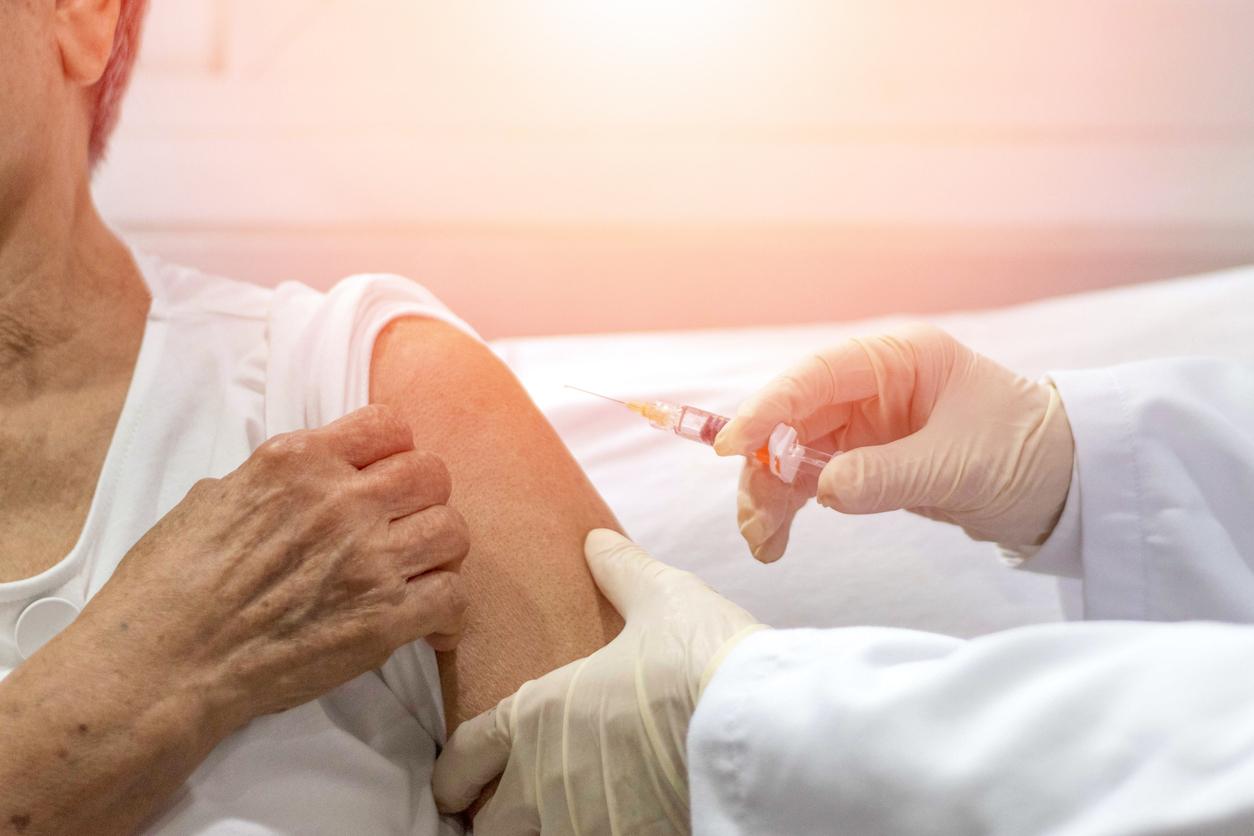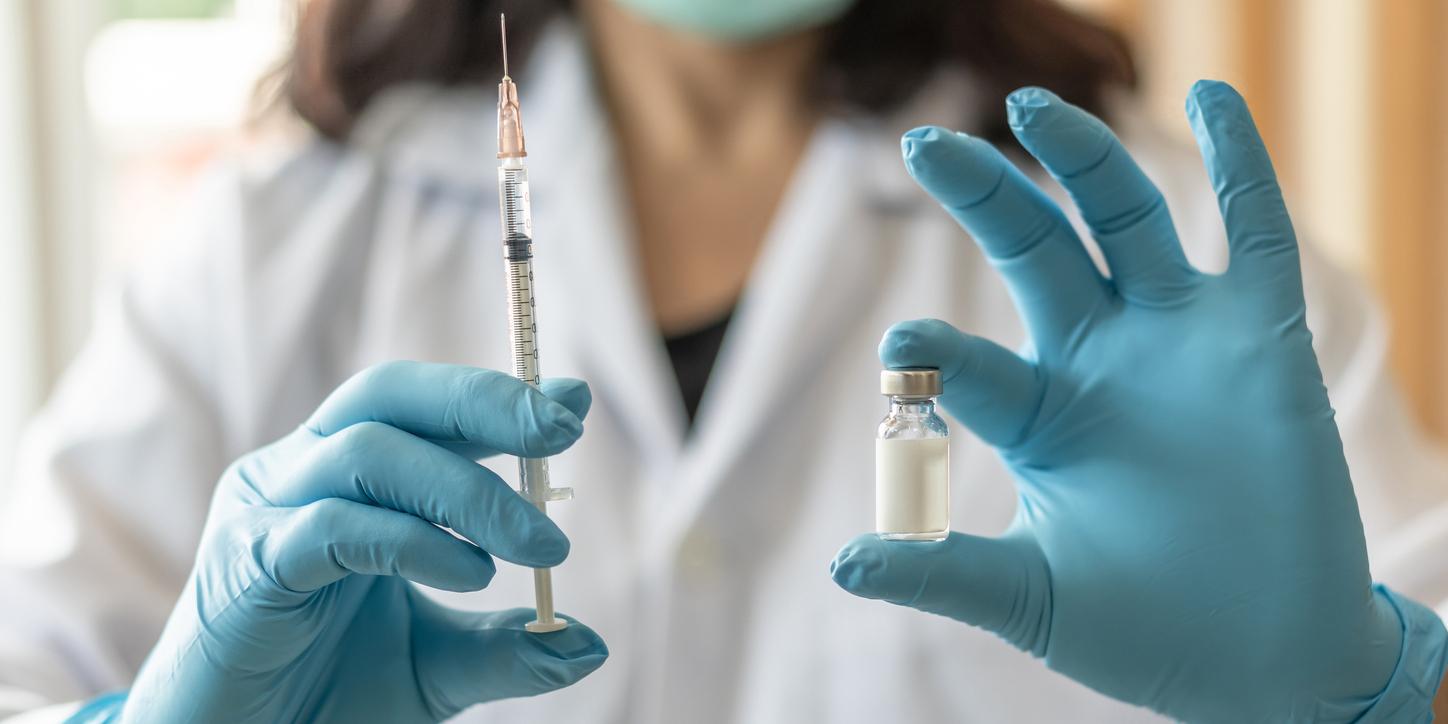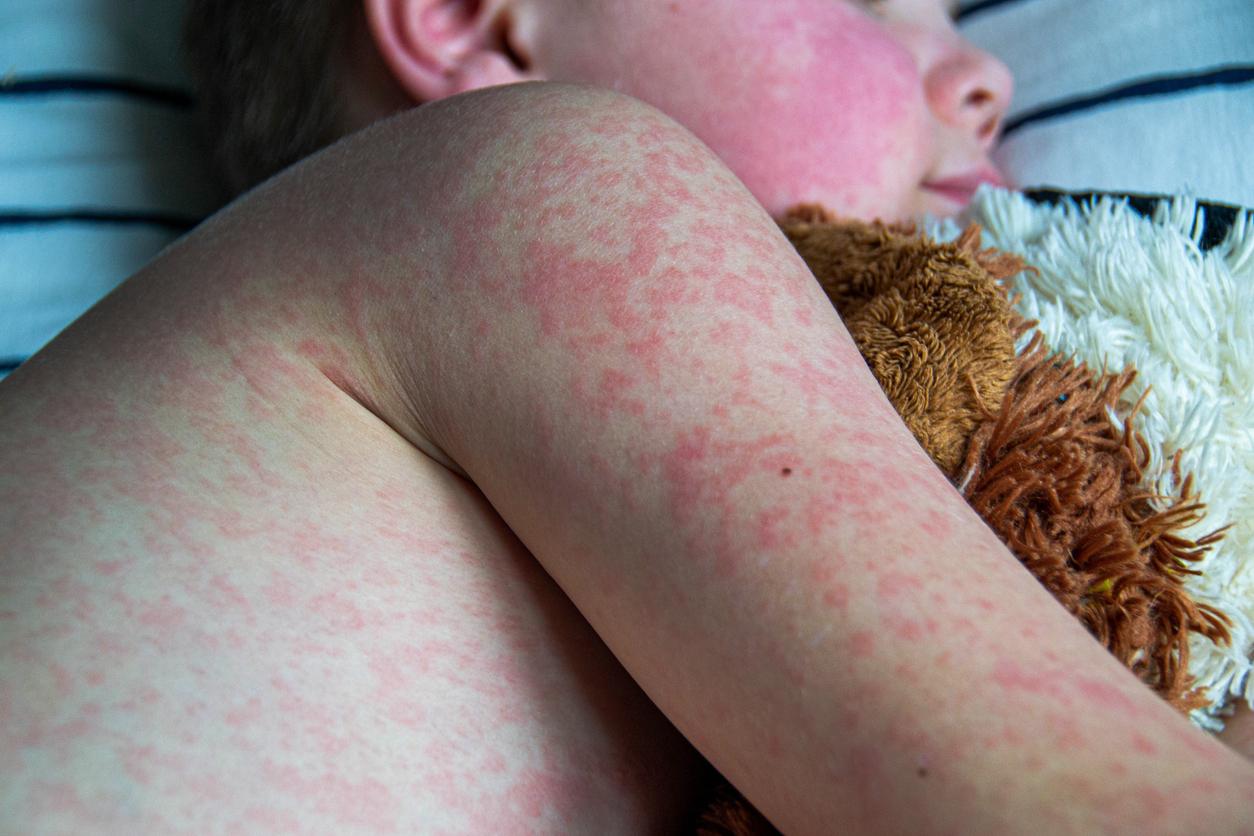Intradermal injection, ie under the upper layer of the skin, rather than subcutaneously, allows a smaller quantity of vaccine to be used.

- More than 17,000 cases of monkeypox infection have been reported worldwide since the spring.
- Monkeypox is manifested by fever, headache, muscle aches, fatigue, swollen lymph nodes and skin rashes.
- It is mild in the majority of cases, but some people are more at risk of developing a severe form (immuno-compromised people, pregnant women and young children).
There is only one vaccine against monkeypox. Called Jynneos in the United States and Imvanex in the European Union, it is manufactured by a Danish company, the only one in the world authorized to do so. However, since cases have multiplied around the world, the need for vaccines has increased. To improve vaccination coverage, without creating new tensions on supplies, the European Medicines Agency (EMA) has just authorized a new vaccination technique, which saves more serum. She announces it in a communicated, published on Friday, August 19. “When given intradermally, a smaller dose of the vaccine can be used, specifies the EMA in the document. Given the currently limited supply of vaccines, this means more people can be vaccinated.”
To address the #monkeypox outbreak in ???????? countries, our Emergency Task Force advises that monkeypox vaccine Imvanex can be used as an intradermal injection, just below the top layer of the skin, so more people can be vaccinated.
Find out more ????https://t.co/opiXGwYnLF pic.twitter.com/r9xWTkDFlC— EU Medicines Agency (@EMA_News) August 19, 2022
One fifth of the dose
The EMA’s emergency working group, dedicated to crisis situations, has collected scientific information on vaccination techniques and their effectiveness. This allowed them to compare the intradermal injection, administered just below the upper layer of the skin, and the subcutaneous injection, performed under the skin, therefore deeper. The experts relied on a clinical trial, carried out with around 500 adults. During this, participants received two doses four weeks apart, either subcutaneously or intradermally. “People receiving the vaccine intradermally received one-fifth (0.1 ml) of the subcutaneous dose (0.5 ml) but produced similar antibody levels to those who received the next subcutaneous dose. higher”, note the authors. On the other hand, there is a greater risk of local reactions, such as redness, when the vaccine is administered intradermally. The EMA insists on the need to perform this new type of injection correctly. She recommends that “only healthcare professionals experienced in intradermal injections administer the vaccine in this manner”.
Vaccination in France
In France, vaccination is recommended for people at risk: “men who have sex with men and trans people with multiple partners, professionals working in places of sexual consumption, people in a situation of prostitution“, according to information from the Ministry of Health. People who have had risky contact with a patient are also concerned. The vaccine is therefore given in two doses, 28 days apart, but for people who have already been vaccinated against smallpox during childhood, only one dose is necessary. Finally, immunocompromised people should receive three doses.
















